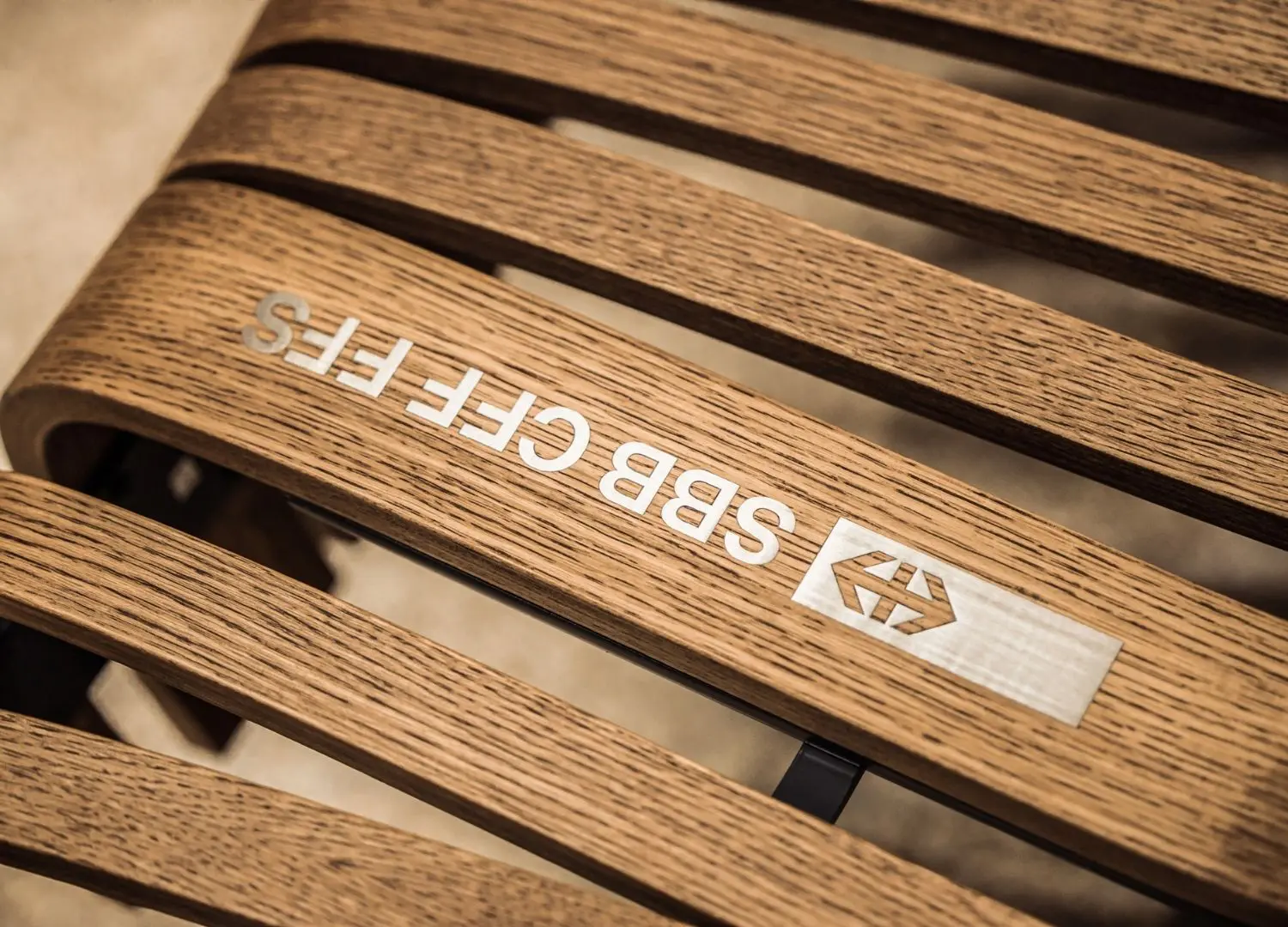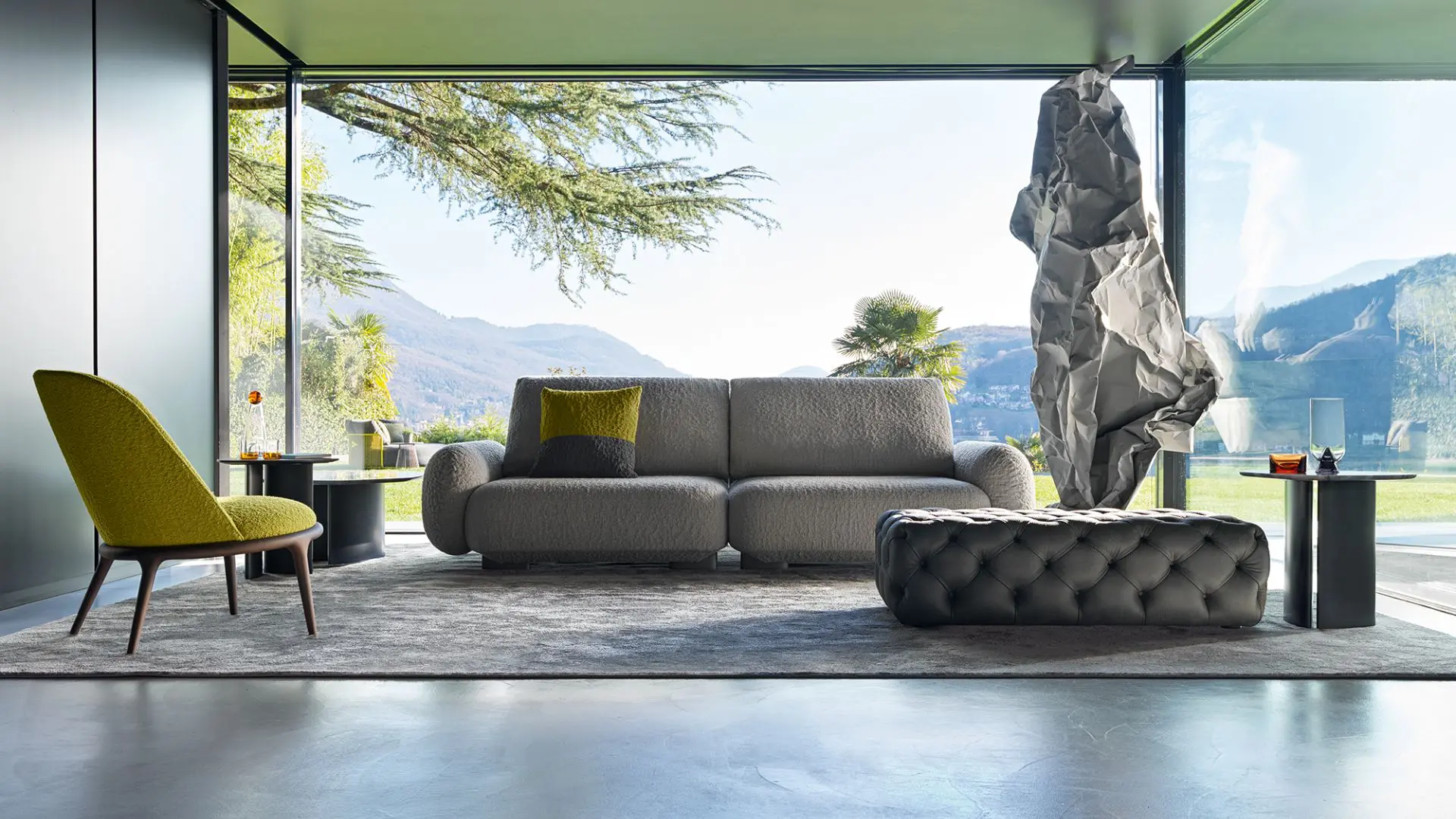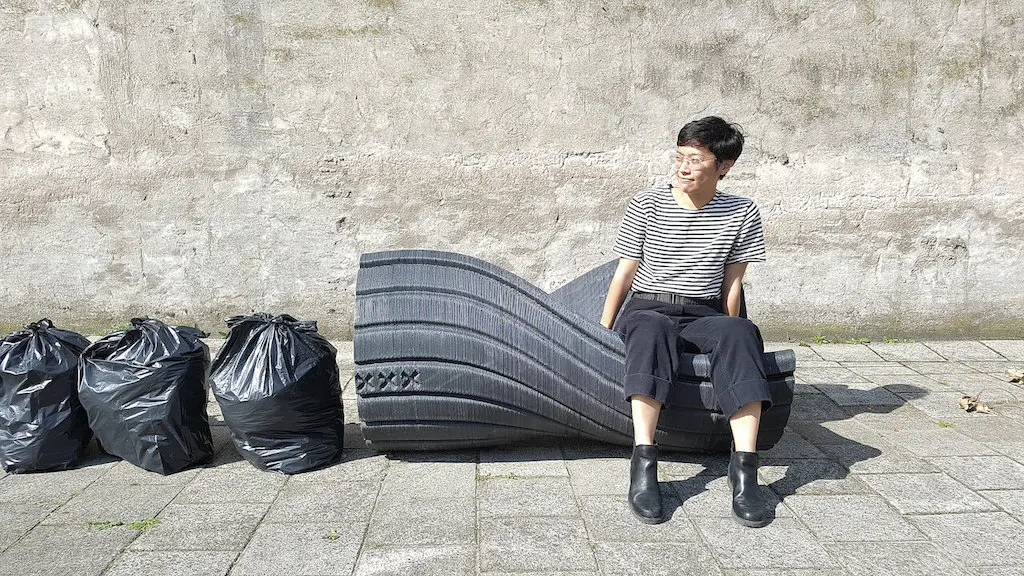“World Positive Impact is our purpose”, says Green Furniture Concept founder Johan Berhin.
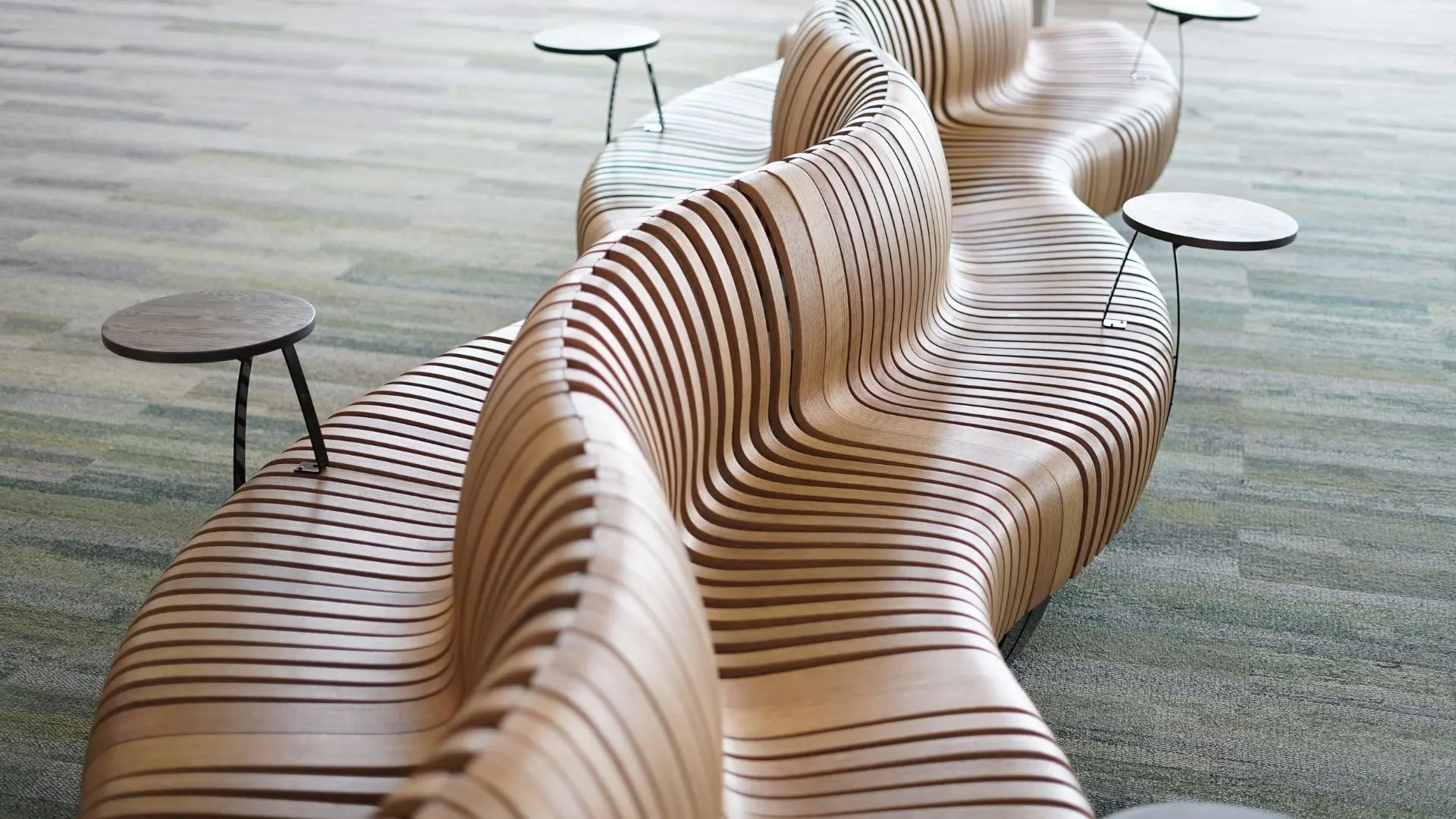
The Swedish brand lives up to its name by making sustainability and human-centred design the new standard for all public spaces.
In an industry that’s in dire need of disruption, Green Furniture Concept is making massive strides to ensure it leaves a positive mark on the planet one place at a time.
The Swedish furniture brand founded by Johan Berhin, which focuses on creating modular beam seating systems for public spaces, recently discovered its climate-positive status meaning its activity goes beyond achieving net-zero carbon emissions to create an environmental benefit by removing additional carbon dioxide from the atmosphere.
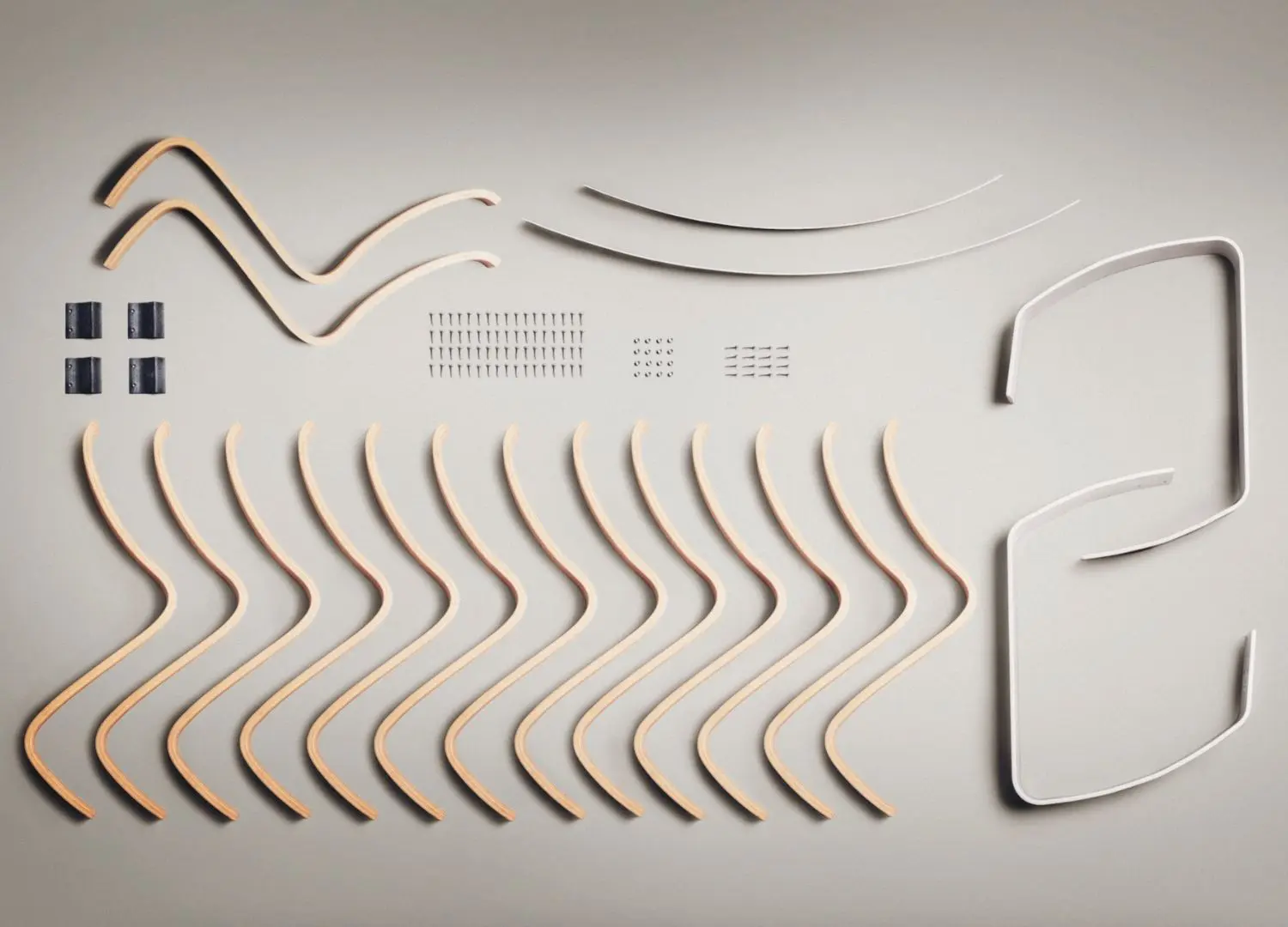
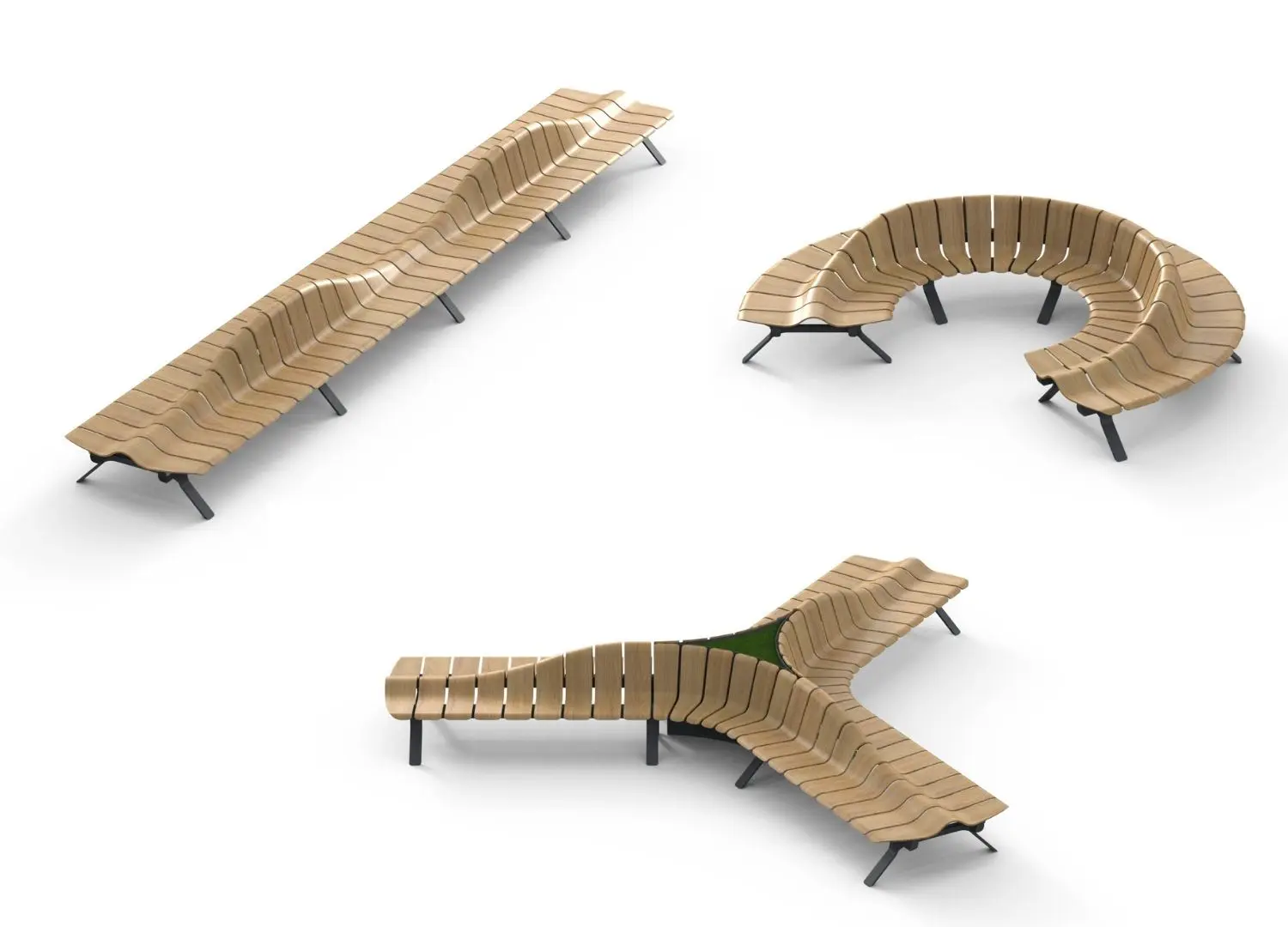
Setting new standards for public space interiors, Green Furniture Concept’s aim is to create sustainable furniture that is functional, looks beautiful and lasts longer.
It started back in 2007 when the ‘One C’ chair made its debut in Paris, inspiring founder and designer Johan Berhin to further his knowledge in terms of how best to approach sustainable design.
Shocked by the chemical nature of furniture manufacturing, he decided to make a difference.
The Green Furniture brand was introduced at the Stockholm Furniture Fair in 2010, based on the idea of creating sustainable modern classics.
Berhin describes it as “furniture with heart and soul, pieces that say something about both your taste and your sense of responsibility.”
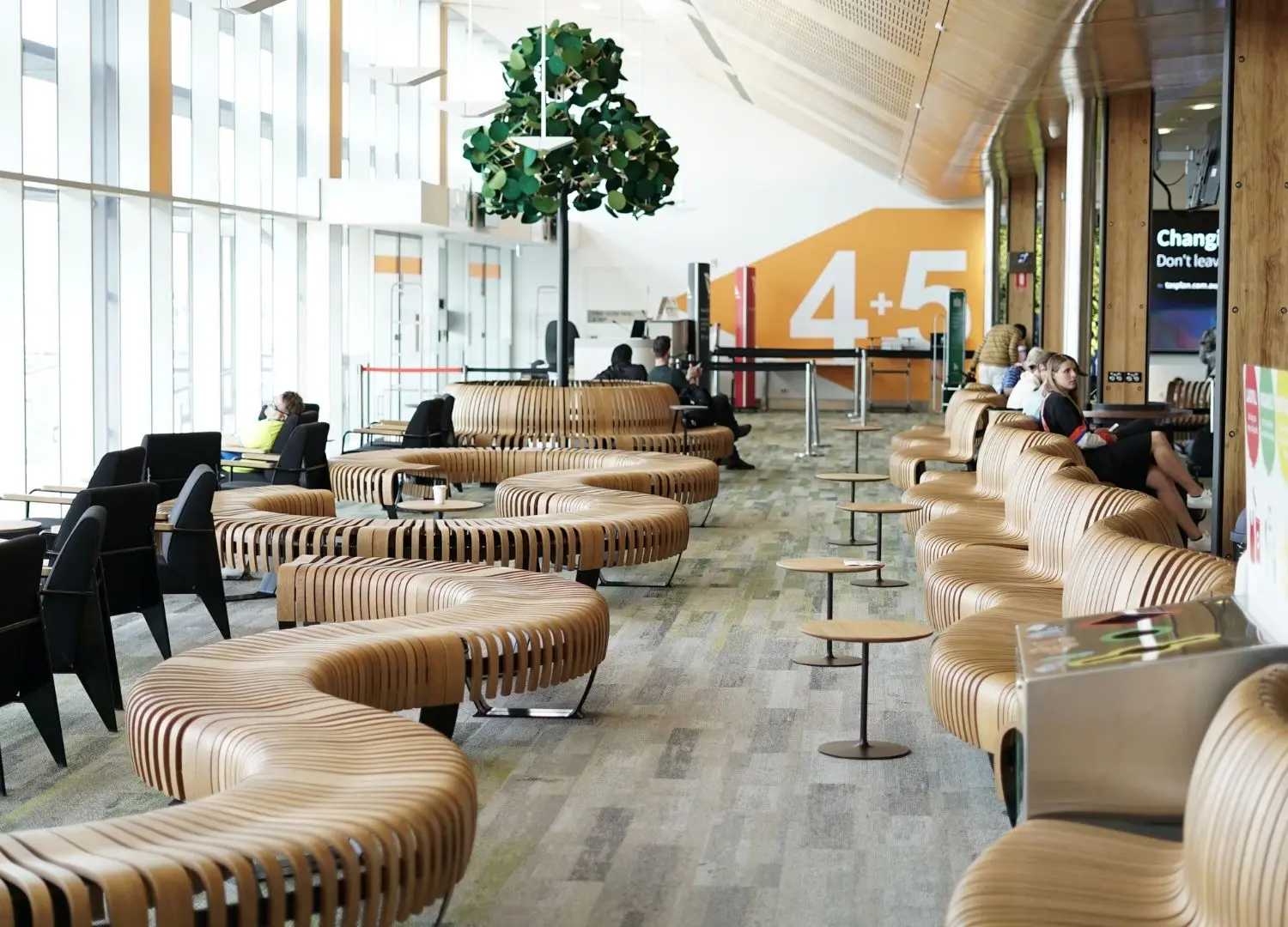

Its portfolio ranges from transportation hubs and healthcare centres to school campuses and retail complexes, where an offering of modular furniture designs can be used to shape the use of a space, to give it structure, purpose, and an identity.
A distinct aesthetic is defined by gentle curves which ebb and flow through the centre of winding beams, which together form seamless combinations, balancing meeting points for people to gather with quiet islands for people to rest.
“We understand that producing physical products and shipping them while talking about wanting to do good can be perceived as paradoxical,” says Berhin.
“So, we continuously work to strengthen, learn and improve the way we do business. Our aim is to create a world positive impact and contribute to increased regeneration of natural systems, zero waste, no pollution and keeping materials and products in use to do good rather than less harmful.”
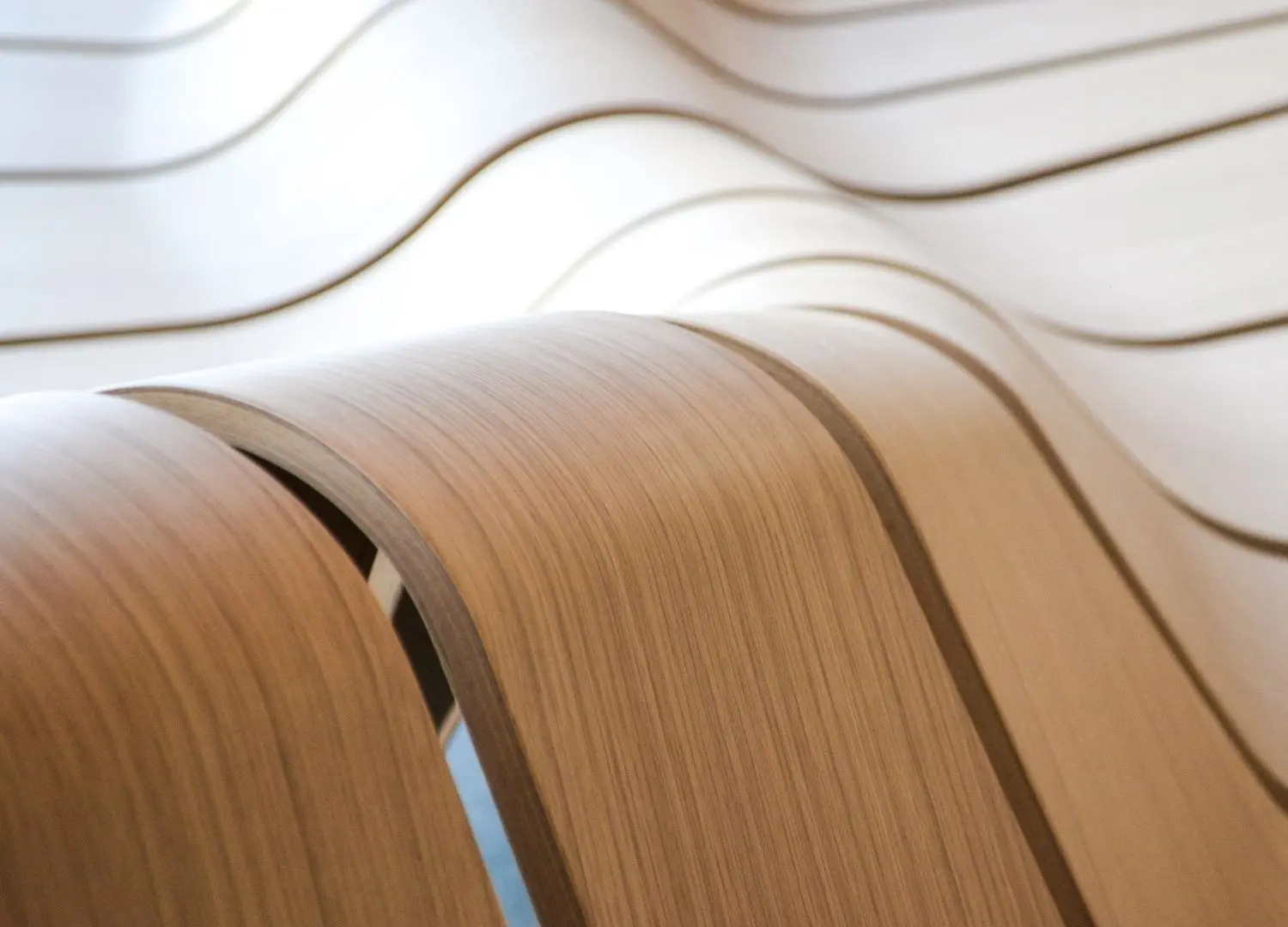
Bringing sustainable seating and lighting to the core of urban placemaking, Green Furniture Concept doesn’t just work to reduce its CO2 footprint proactively but also compensate for the CO2 it releases in the meantime.
It includes a major reforestation project in Colombia, which the company embarked on in 2017 and has thus far seen over 25,000 trees planted as a result of its efforts.
According to the company this accounts for approximately 423 tons of offset carbon over a period of 10 years.
That’s not to mention the near 20,000 other trees the company has planted in 608 projects across Europe and America since it started the initiative.
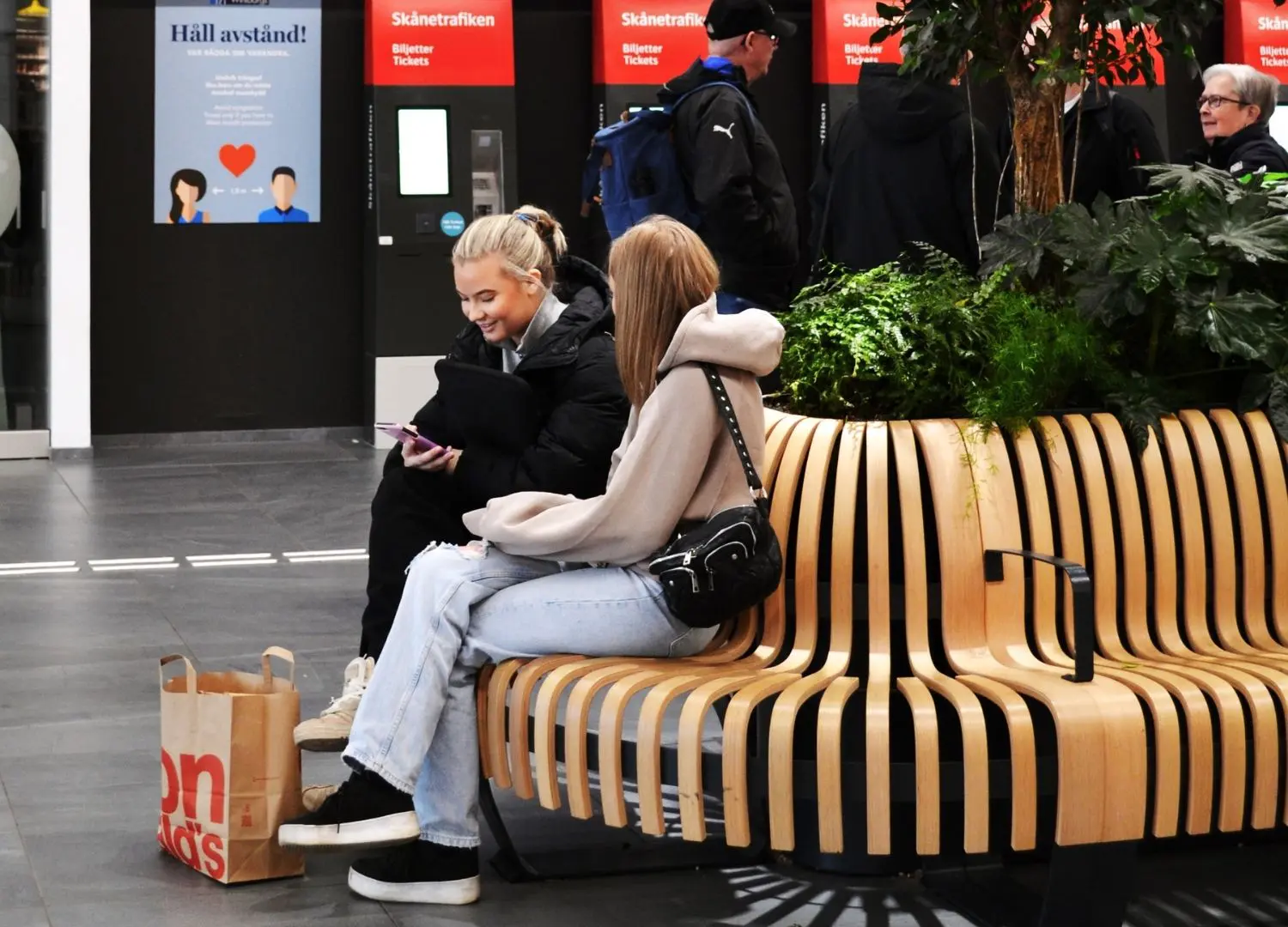
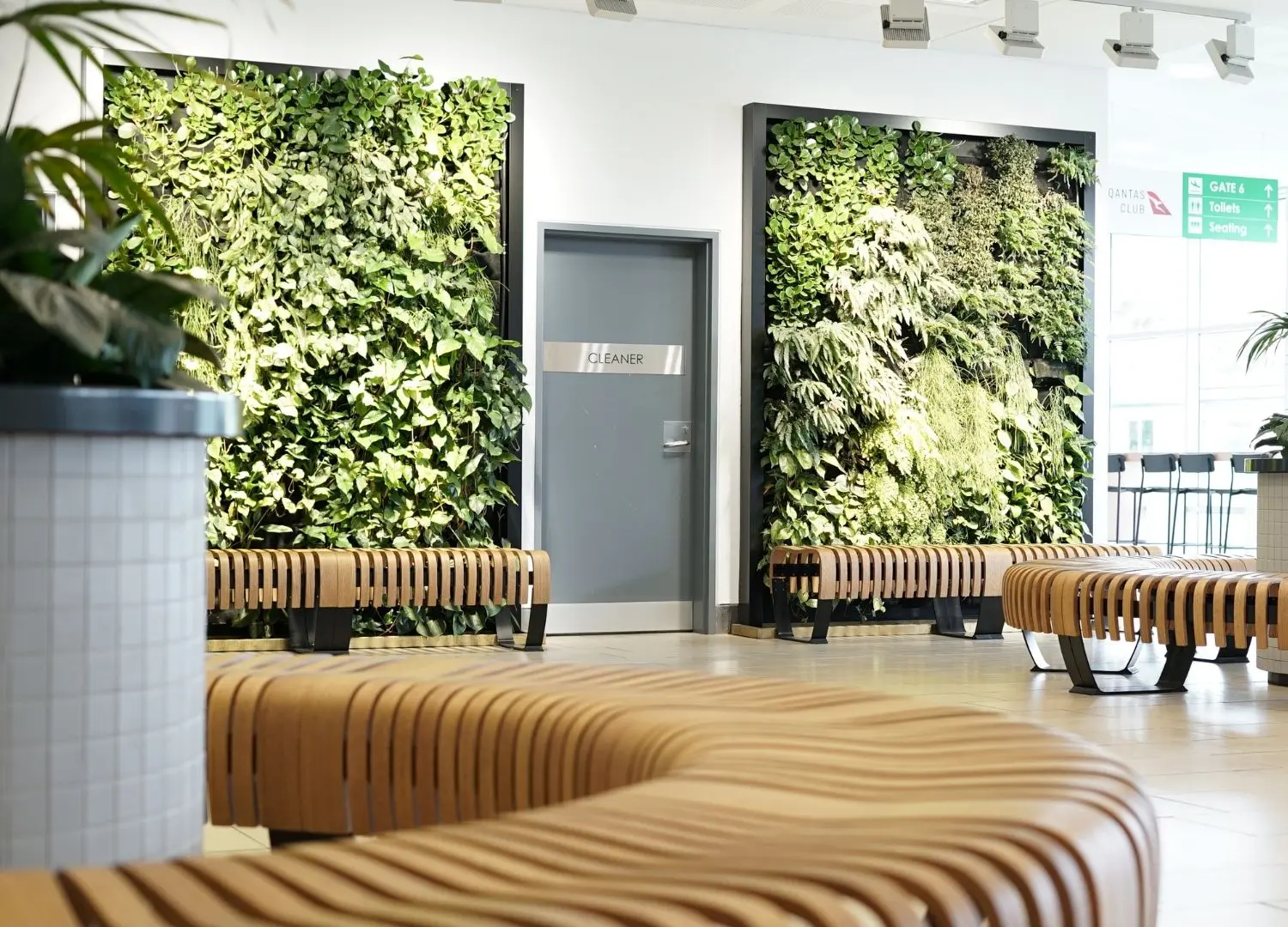
“We plant one tree in our plantation sites for every sold metre of furniture. It’s one of the main reasons our seating series Nova C is climate-positive,” explains Joakim Lundgren, the Head of Sustainability & Green Furniture Concept Designer.
“We also offer a buyback service on the series for our European clients, which we are currently evaluating and looking at the ways we can develop this idea to implement it on a larger scale.”
With Berhin and Lundgren leading the way when it comes to sustainability, each piece of furniture starts out with a focus on strict principles.
“When we develop new products we are using a tool we call the circular design checklist,” he explains.
“This checklist is used in development projects to make sure that aspects that would have a negative impact on the environment are not missed.”
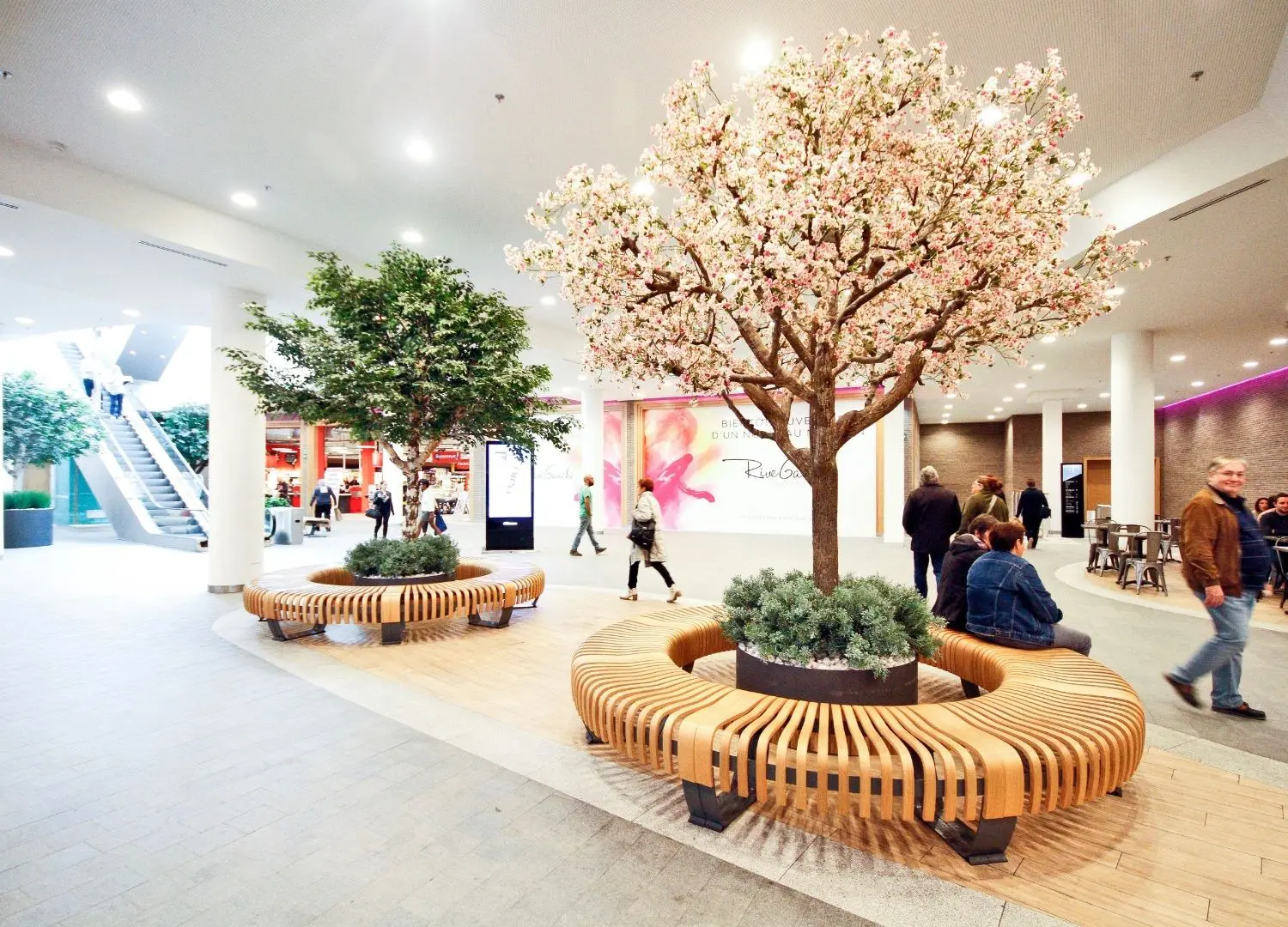
Many of the bullet points on this checklist goes into lowering the CO2 footprint and extending the lifespan of the product, already in the first steps of design and development of a new product.
Examples of this could be the use of renewable energy in production, high percentage of recycled materials, reduced weight in transport, etc.
It also includes the fact that every material and product part in all of the brand’s furniture designs can be individually exchanged to support low maintenance and scrap rates if something needs to be replaced.
Another great example is the brand’s award-winning Ascent Series, which has an undercarriage made of mostly waste metals.
“The aluminium is extruded, a process with close to zero waste since all leftovers from the production are remelted and used again,” explains Lundgren.
“Meanwhile, the aluminium alloy we are using contains a minimum of 75% post-consumer scrap and steel is made of 70-95% post-consumer recycled content—the higher the recycled content, the lower the carbon footprint.”
“Finally, our seats are made of wood that is sourced from responsible forestry and is treated with hardwax oil with 0% VOC,” he adds.
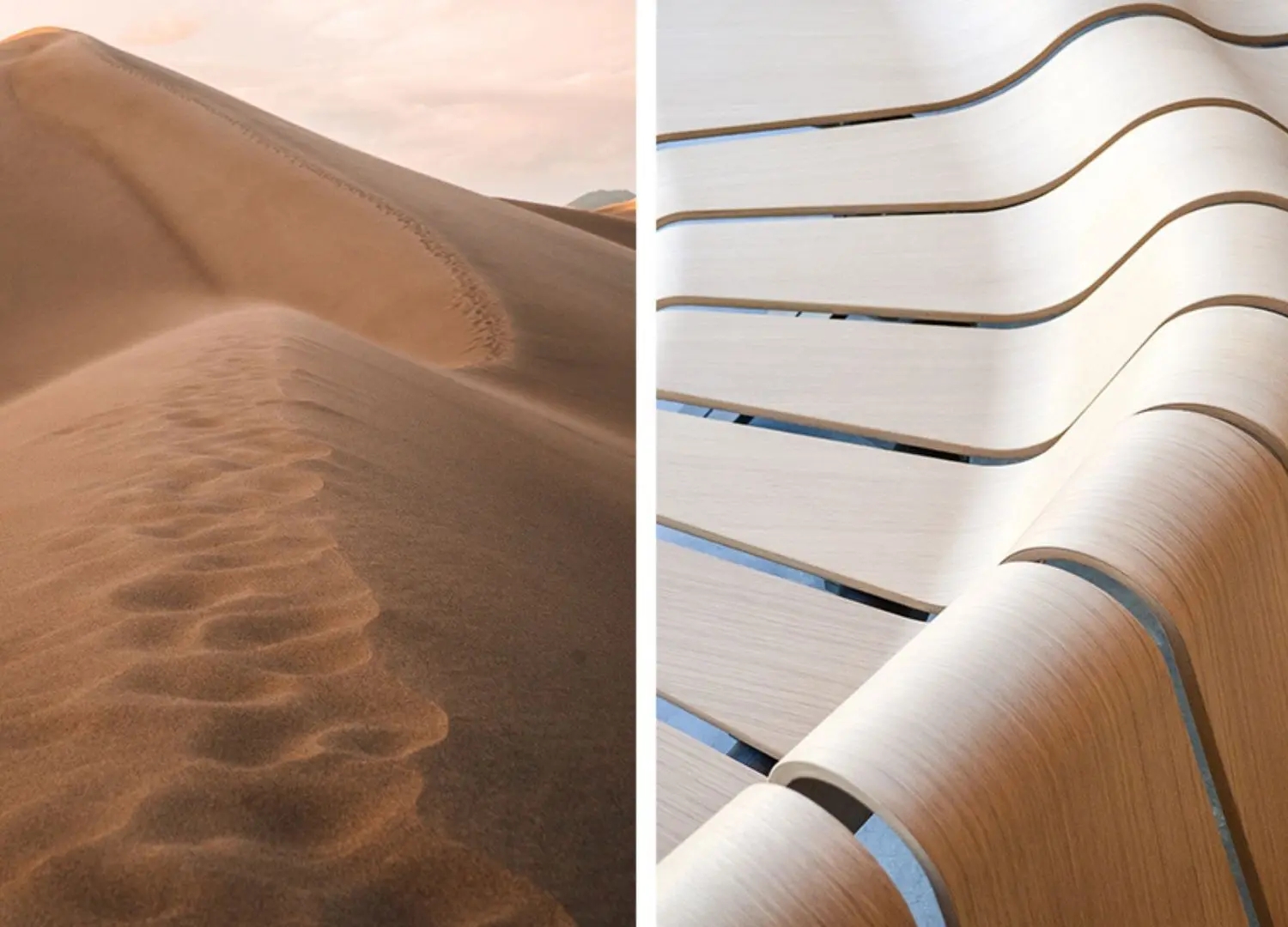
The materials and manufacturing of furniture are the foundations of Green Furniture Concept’s mission statement. Modular designs enable flexibility and take account both of context and of human choice.
It signals an understanding that people have different needs that may change over the course of a day, year or lifespan of an individual public space.
Moreover, Green Furniture Concept’s first hand suppliers use renewable energy in production.


Meanwhile, the design language is based on organic forms and natural, biophilic themes for indoor and outdoor spaces, or for places such as health care facilities that want to bring the outside in.
The use of wood in modular furniture makes it the ultimate biophilic component while helping to create organic shapes and lines that are gentle on the eye, less stressful, and good for seamless movement.
Based on the design, modularity, flexibility, and a strong component of natural materials, Green Furniture Concept creates places that make people happy.
This is what it calls positive placemaking. “We’re working to make a world-positive impact, and show the industry why making places really matters,” says Berhin.
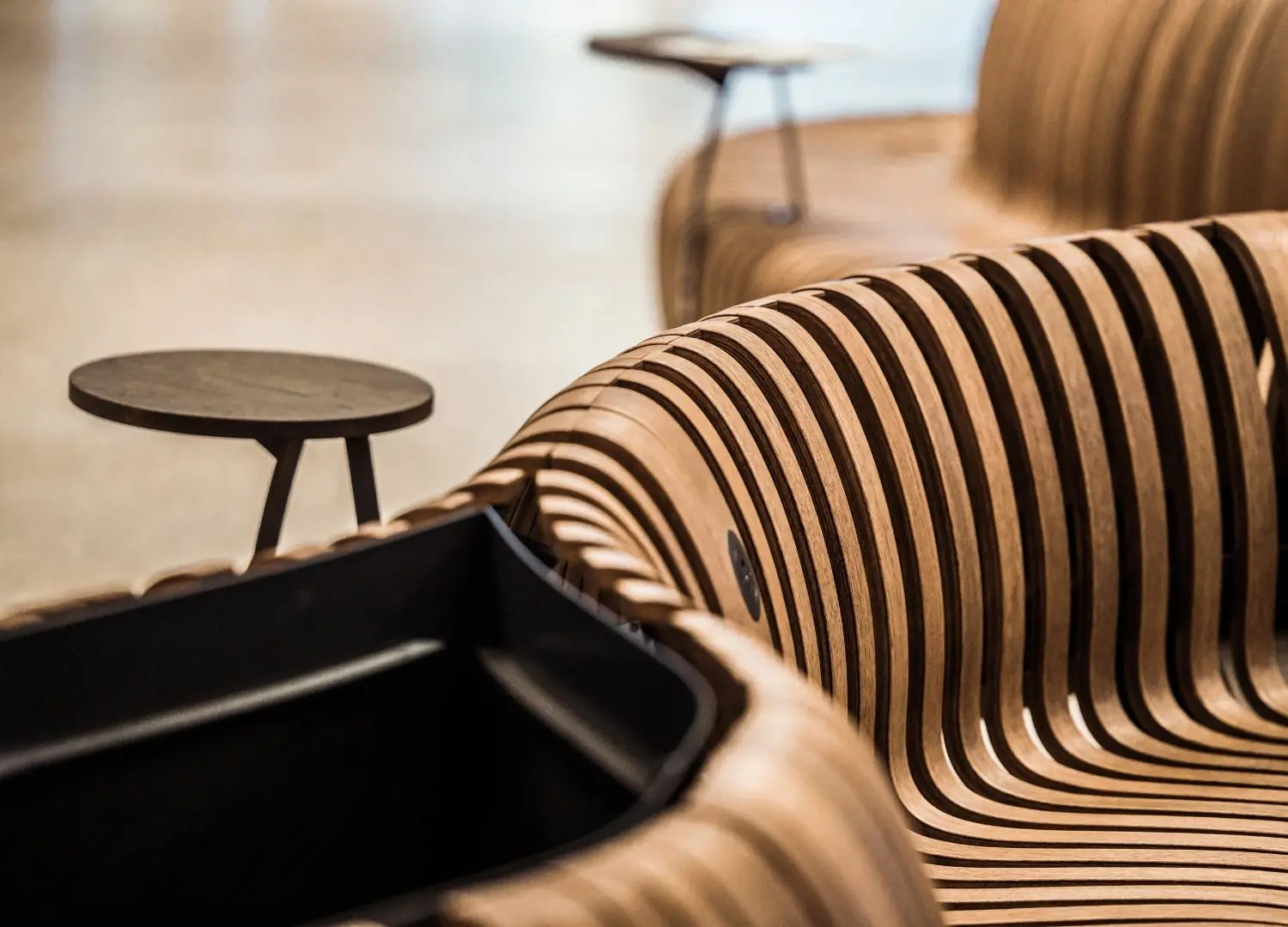
“That’s what inspires us to revitalise existing environments, connect consumers to their surroundings and protect the planet along the way,” says Berhin.
“It’s why we’re committed to bringing beauty to sustainability, and to designing furniture that lasts as long as the buildings they live in. We’re creating a new standard for public space, and working for a world where making places really matters.”
Green Furniture Concept has big ambitions that include contributing to an increased regeneration of natural systems, zero waste, no pollution and keeping materials and products in use for as long as possible.
As well as getting prepped to conduct Low Carbon Assessments on all of its products, it’s also conducting client-focused market research to understand what type of ‘green services’ would make the most sense and have the most impact.
Lundgren adds: “Today we are testing Buyback and Leasing as trials of such a service. A development goal is to release our next big series and take that even further in terms of circularity and sustainability…and we are not done planting yet!”
